Archive For The “Hardware” Category
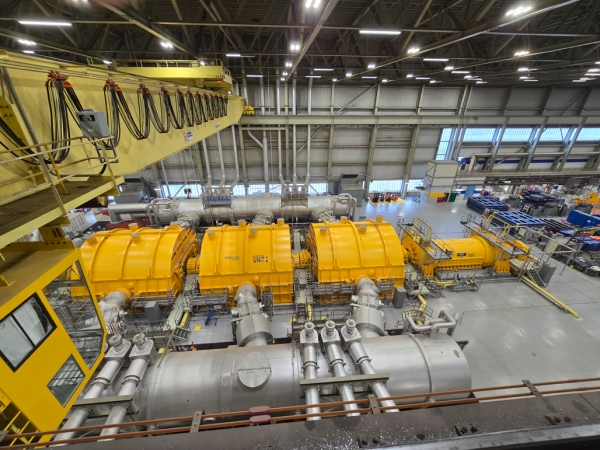
The Darlington Nuclear Generating Station just outside Toronto has four CANDU nuclear reactors with a total output of 3,512 MW. It generates about 20 percent of Ontario’s electricity needs, enough for roughly two million homes. I recently toured the facility on a quick business trip to the area. Darlington Nuclear Generating Station At the Darlington…
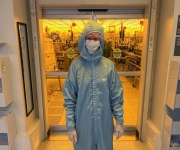
Yesterday, I visited the Seagate Normandale Minnesota hard disk drive wafer fabrication facility. I’m super excited about HAMR (Heat Assisted Magnetic Recording) and the areal density it supports. Seagate’s Dave Anderson first introduced this to me technology nearly 20 years ago and it’s wonderful to see it delivered to market and the volumes ramping….
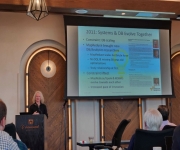
I helped kick off CIDR2024 yesterday with the keynote, Constraint Driven Innovation. My core thesis is that constraints force innovation. For example, it was slow hard disks that drove the invention of Write Ahead Logging. But constraints also block innovation. In memory databases first described in the 80s remained largely irrelevant for decades waiting for cost effective…
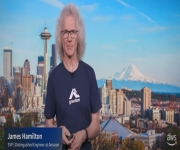
Why would a cloud services company design and deploy custom semiconductors? It definitely wasn’t where I expected we would end up when I joined AWS in 2009 but it’s a decision that has just kept delivering for our customers. It’s been 10 years since those early ideas and, in reflecting on what the team has…
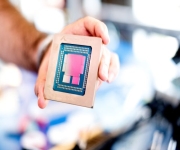
Today we’re making the AWS Graviton3 processor generally available in the AWS EC2 C7g Instances. Graviton3 and EC2 C7g Instance Type General Availability Video Graviton3 is the third generation of the AWS Graviton CPUs and it continues to raise the bar on performance. Graviton is one of our 4 semiconductor product lines here at AWS….

On August 25, 2006, we started the public beta of our first ever EC2 instance. Back then, it didn’t even have a name yet, but we latter dubbed it “m1.small.”. Our first customers were able to use the equivalent of 1.7 GHz Xeon processor, 1.75 GB of RAM, 160 GB of local disk and 250…
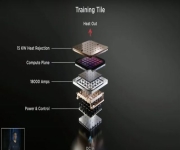
A couple of days back, Ganesh Venkataramanan, leader of the Tesla Dojo project, announced the Dojo machine learning training system. It’s an unusually network rich, power dense, and memory light design. I’ve summarized the architecture of the system below but I found three aspects of the system particularly interesting: Massive Network: Each D1 chip delivers…
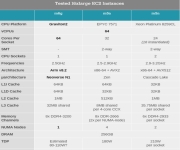
Yesterday, Anandtech published what is, by far, the most detailed write-up on the AWS Graviton2 processor. In this article the author, Andrei Frumusanu, compared the Graviton2 with the AMD EPYC 7571 and the Intel Platinum 8259CL. Worth reading. From Anandtech: Amazon’s Arm-based Graviton2 Against AMD and Intel: Comparing Cloud Compute
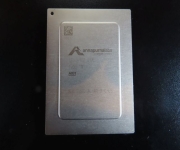
In November of last year, AWS announced the first ARM-based AWS instance type (AWS Designed Processor: Graviton). For me this was a very big deal because I’ve been talking about ARM based servers for more than a decade, believing that massive client volumes fund the R&D stream that feeds most server-side innovation. In our industry,…
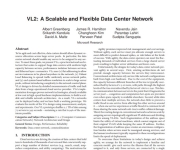
Back in late 2008 and early 2009, I had a few projects underway. One was investigating the impact of high temperatures on the longevity and fault rates in servers. We know what it costs to keep a data center cool, but what I wanted to know is what it would cost if we didn’t keep…
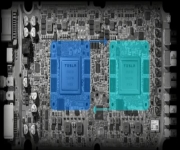
Tesla hosted Autonomy Day for Analyst on Monday April 22nd beginning at 11am. The video is available at https://www.youtube.com/watch?v=Ucp0TTmvqOE. It’s a bit unusual for a corporate video in that it is 3 hours and 52 minutes long but it’s also unusual in that there is far more real content in there than is typically shown…
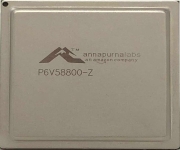
On Monday night I described AWS Graviton , the general-purpose AWS-developed server processor with 64-bit Arm that powers the EC2 A1 instance family. The five members of the A1 instance family target scale-out workloads such as web servers, caching fleets, and development workloads. This is the first general-purpose processor that has been designed, developed, and…
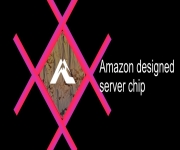
This is an exciting day and one I’ve been looking forward to for more than a decade. As many of you know, the gestation time for a new innovation at AWS can incredibly short. Some of our most important services went from good ideas to successful, heavily-used services in only months. But, custom silicon is…
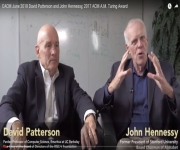
Earlier this year, Berkeley’s Dave Patterson and Stanford’s John Hennessy won the 2017 Turing Award, the premier award in Computing. From Pioneers of Computer Architecture Receive ACM A.M. Turing Award: NEW YORK, NY, March 21, 2018 – ACM, the Association for Computing Machinery, today named John L. Hennessy, former President of Stanford University, and David A. Patterson, retired Professor…
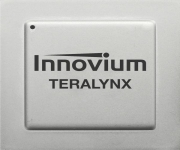
This originally came up in an earlier blog comment but it’s an interesting question and one not necessarily one restricted to the changes driven by deep learning training and other often GPU-hosted workloads. This trend has been underway for a long time and is more obvious when looking at networking which was your example as…

For years I’ve been saying that, as more and more workloads migrate to the cloud, the mass concentration of similar workloads make hardware acceleration a requirement rather than an interesting option. When twenty servers are working on a given task, it makes absolutely no sense to do specialized hardware acceleration. When one thousand servers are…